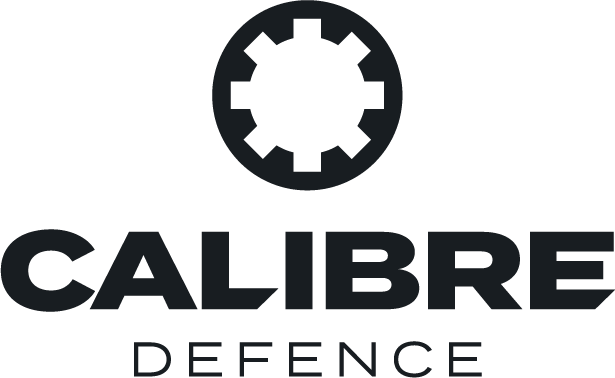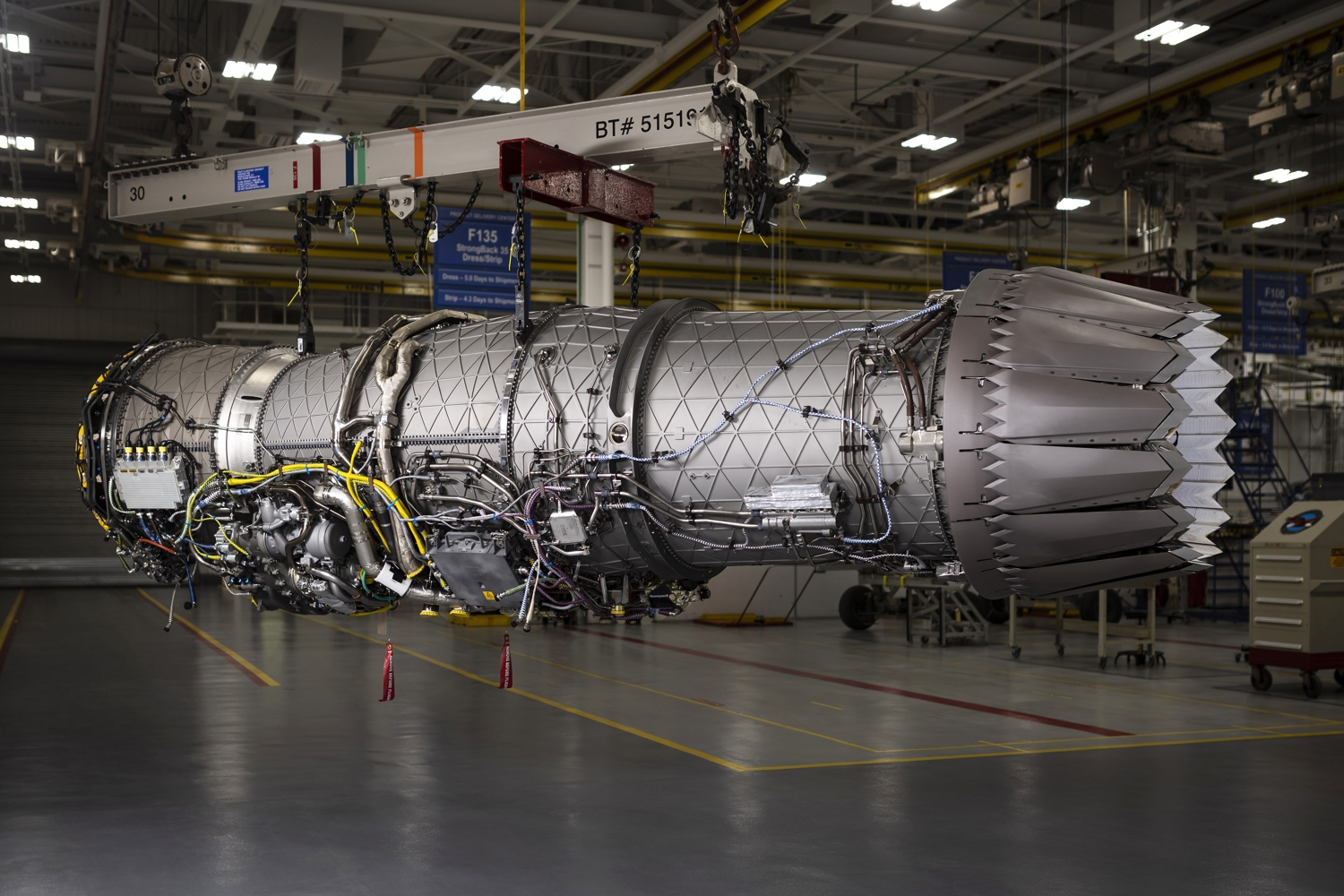Anduril’s Barracuda-500 picked for Enterprise Test Vehicle
Anduril’s Barracuda-500 has been selected to proceed to the next phase of the Enterprise Test Vehicle (ETV) prototype project, according to an Anduril press release from the 4th of March.
The Barracuda-500 successfully carried out end-to-end flight tests, which included pre-mission planning, vertical launch, autonomous navigation, a 30-minute flight, the successful capture of a GPS coordinate target and autonomous terminal guidance.
Following this, the Air Force Armament Directorate and the Defense Innovation Unit chose the Barracuda-500 to advance to the next stage of the ETV program. Other competitors included Integrated Solutions for Systems, Leidos Dynetics, and Zone 5 Technologies.
The ETV programme aims to develop a “highly producible, modular, and affordable air vehicle” to serve as an affordable testbed for various munitions and payloads, but it has been emphasised in past interviews that the programme is not intended to lead to a weapon, although it could if it revealed some ground-breaking processes and technologies. This appears similar in essence to another contract that was awarded to Kratos to develop hypersonic test bodies designed to reduce the costs of testing technologies for hypersonic missiles.
During the next stage of the program, the Barracuda-500 will conduct flight tests to demonstrate its collaborative autonomous capabilities. The flight tests will include simultaneous vertical launch, in-flight system-to-system communications and the testing of Anduril’s Lattice for Mission Autonomy software.
Tech Profile: Barracuda-500
The Barracuda-500 is one of three missiles within the Barracuda family; additional systems are the Barracuda-100 and Barracuda-250. The Barracuda-100 has a range of 222 km (air launch) with a 18 kg payload, the Barracuda-250 has a range of 370 km (air launch) and 277 km (ground launch) with a 16 kg payload, and the Barracuda-500 has a range of 926 km and a 45 kg payload. A series of turbojets permit the Barracuda-500’s extended range; additionally, the system has a loitering capability of 120 minutes. The Barracuda-M family is compatible with various payloads and mission goals, including direct, stand-in, or stand-off strike missions. The missiles comply with Weapon Open System Architecture (WOSA) standards, enabling rapid modifications according to mission requirements.
The Barracuda-500 is designed to be launched from various fighter jets, including the F-15E, F-18E/F and F-16 and cargo aircraft, including the C-17 and C-130, enabled by Rapid Dragon, the USAF’s palletised effects campaign. The palletised aspect of an aircraft refers to the delivery method of the payload whereby cargo aircraft deploy the munition via a specially designed deployment box; this system enables rapid long-range fielding and removes the need for a modified delivery method.
Anduril claims that a Barracuda cruise missile can be produced 50% more quickly, requiring 95% fewer tools and 50% fewer parts than its competitors, the company also asserts that this makes the missile 30% cheaper than other alternatives on the market although what those benchmark systems are is not clear.
Finally, the Barracuda-500 is powered by Anduril’s Lattice for Mission Autonomy software. This end-to-end software platform enables the collaboration of robotic assets under the supervision of a human operator. The platform uses artificial intelligence to process data faster and more accurately than human operators. Lattice is similar to other systems that are designed to facilitate the management of autonomous systems. Some recent examples include Dominion-X and AMORPHOUS from Elbit Systems and L3Harris respectively. was developed to carry out the complete mission cycle effectively.
Calibre Comment
As global tensions rise, the need for militaries to develop a larger arsenal with more advanced weapons systems to deter threats becomes evident. Anduril and other defence tech companies like Saronic and Neros are developing their own factory concepts to produce unmanned or remotely operated platforms at scale. Typically, many companies are looking to vertically integrate their supply chains, reducing dependence on foreign, potentially unstable supply chains.

Sign Up for Updates!
Get insider news, tips, and updates. No spam, just the good stuff!





